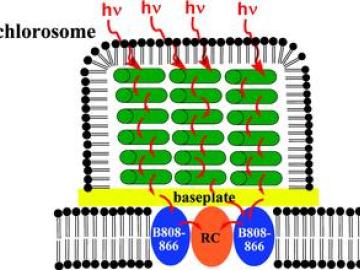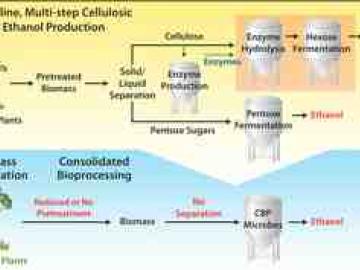Filter News
Area of Research
News Type
Date
News Topics
Media Contacts

An estimated $1 billion in lost revenue each year is fueling an effort by Oak Ridge National Laboratory to prevent fuel tax evasions. The system being developed by a team led by Gary Capps will use evidential reasoning techniques, fuel markers, sensor and vehicle tracking devices to monitor, track a...

Capillary action and graphite foam are being enlisted by researchers at Oak Ridge National Laboratory to solve a logistical nightmare for the military and U.S. troops deployed around the world. While soldiers require nearly seven gallons of water a day, just getting that water to them increases troo...

A newly patented technology from Oak Ridge National Laboratory can help extend the lifetime of batteries in plug-in hybrid vehicles by optimizing the battery's state of charge while driving. Developed by ORNL's Robert DeVault, the computerized control uses data about recharging locations to improve ...

By reducing a material to the same nano scale as the electronic regions that reside within, researchers have gained a better understanding of the dynamics of electronic phase transitions. This information is critical to advances in several technologies that rely on competing resistive states such as...

Despite an overall warming trend, extreme cold events are still likely to persist for the next century, according to research published by Evan Kodra, Karsten Steinhaeuser and Auroop Ganguly of Oak Ridge National Laboratory. The Southeast and Northwest regions of the United States may be especially ...

Stephen Pennycook of the Department of Energy's Oak Ridge National Laboratory has been elected to the class of 2011 fellows of the Materials Research Society.

New clues about plant structure are helping researchers from the Department of Energy's BioEnergy Science Center narrow down a large collection of poplar tree candidates and identify winners for future use in biofuel production.

Structural studies of some of nature's most efficient light-harvesting systems are lighting the way for new generations of biologically inspired solar cell devices.

In the quest for inexpensive biofuels, cellulose proved no match for a bioprocessing strategy and genetically engineered microbe developed by researchers at the Department of Energy's BioEnergy Science Center.

Tracking and protecting information stored on an organization's network could be more secure with a system developed by a team led by Justin Beaver of Oak Ridge National Laboratory's Computational Sciences and Engineering Division. The challenge arises when an organization has d...




